Gunpowder was never protected. Neither were inventions by Southern slaves. Vaccines are—but that’s now the subject of a debate.
May 20, 2021
The U.S. and China don’t see eye to eye on much nowadays, but in a rare show of consensus, the two countries both support a waiver of patent rights for Covid-19 vaccines. If that happens, it would be the latest bump in a long, rocky road for intellectual property rights.
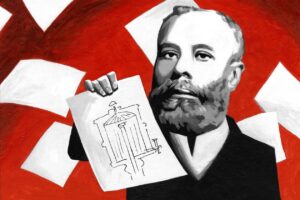
Elijah McCoy and a diagram from one of his patents for engine lubrication.
ILLUSTRATION: THOMAS FUCHS
There was no such thing as patent law in the ancient world. Indeed, until the invention of gunpowder, the true cost of failing to protect new ideas was never even considered. In the mid-11th century, the Chinese Song government realized too late that it had allowed the secret of gunpowder to escape. It tried to limit the damage by banning the sale of saltpeter to foreigners. But merchants found ways to smuggle it out, and by 1280 Western inventors were creating their own recipes for gunpowder.
Medieval Europeans understood that knowledge and expertise were valuable, but government attempts at control were crude in the extreme. The Italian Republic of Lucca protected its silk trade technology by prohibiting skilled workers from emigrating; Genoa offered bounties for fugitive artisans. Craft guilds were meant to protect against intellectual expropriation, but all too often they simply stifled innovation.
The architect Filippo Brunelleschi, designer of the famous dome of Florence’s Santa Maria del Fiore, was the first to rebel against the power of the guilds. In 1421 he demanded that the city grant him the exclusive right to build a new type of river boat. His deal with Florence is regarded as the first legal patent. Unfortunately, the boat sank on its first voyage, but other cities took note of Brunelleschi’s bold new business approach.
In 1474 the Venetians invited individuals “capable of devising and inventing all kinds of ingenious contrivances” to establish their workshops in Venice. In return for settling in the city, the Republic offered them the sole right to manufacture their inventions for 10 years. Countries that imitated Venice’s approach reaped great financial rewards. England’s Queen Elizabeth I granted over 50 individual patents, often with the proviso that the patent holder train English craftsmen to carry on the trade.
Taking their cue from British precedent, the framers of the U.S. Constitution gave Congress the power to legislate on intellectual property rights. Congress duly passed a patent law in 1790 but failed to address the legal position of enslaved inventors. Their anomalous position came to a head in 1857 after a Southern slave owner named Oscar Stuart tried to patent a new plow invented by his slave Ned. The request was denied on the grounds that the inventor was a slave and therefore not a citizen, and while the owner was a citizen, he wasn’t the inventor.
After the Civil War, the opening up of patent rights enabled African-American inventors to bypass racial barriers and amass significant fortunes. Elijah McCoy (1844-1929) transformed American rail travel with his engine lubrication system.
McCoy ultimately registered 57 U.S. patents, significantly more than Alexander Graham Bell’s 18, though far fewer than Thomas Edison’s 1,093. The American appetite for registering inventions remains unbounded. Last fiscal year alone, the U.S. Patent and Trademark Office issued 399,055 patents.
Is there anything that can’t be patented? The answer is yes. In 1999 Smuckers attempted to patent its crustless peanut butter and jelly sandwich with crimped edges. Eight years and a billion homemade PB&J sandwiches later, a federal appeals court ruled there was nothing “novel” about foregoing the crusts.







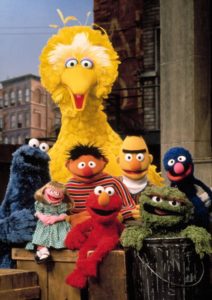
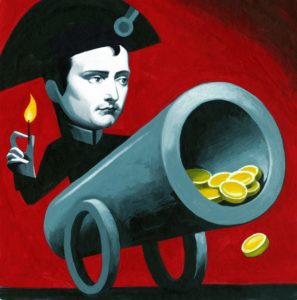
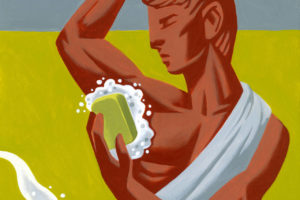

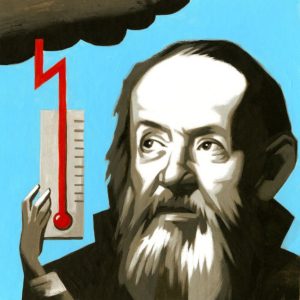
 “Top Gun” is back. The 1986 film about Navy fighter pilots is getting a sequel next year, with Tom Cruise reprising his role as Lt. Pete “Maverick” Mitchell, the sexy flyboy who can’t stay out of trouble. Judging by the trailer released by Paramount in July, the new movie, “Top Gun: Maverick,” will go straight to the heart of current debates about the future of aerial combat. An unseen voice tells Mr. Cruise, “Your kind is headed for extinction.”
“Top Gun” is back. The 1986 film about Navy fighter pilots is getting a sequel next year, with Tom Cruise reprising his role as Lt. Pete “Maverick” Mitchell, the sexy flyboy who can’t stay out of trouble. Judging by the trailer released by Paramount in July, the new movie, “Top Gun: Maverick,” will go straight to the heart of current debates about the future of aerial combat. An unseen voice tells Mr. Cruise, “Your kind is headed for extinction.”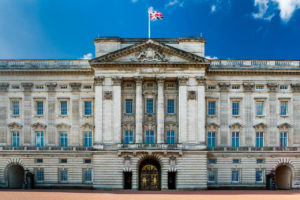
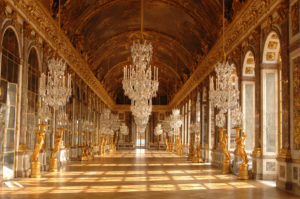 Western Europe had nothing comparable to Weiyang until King Louis XIV built the Palace of Versailles in 1682. With its unparalleled opulence—particularly the glittering Hall of Mirrors—and spectacular gardens, Versailles was a cult of personality masquerading as architecture. Louis, the self-styled Sun King at the center of this artificial universe, created a living stage where seeing and being seen was the highest form of social currency.
Western Europe had nothing comparable to Weiyang until King Louis XIV built the Palace of Versailles in 1682. With its unparalleled opulence—particularly the glittering Hall of Mirrors—and spectacular gardens, Versailles was a cult of personality masquerading as architecture. Louis, the self-styled Sun King at the center of this artificial universe, created a living stage where seeing and being seen was the highest form of social currency.